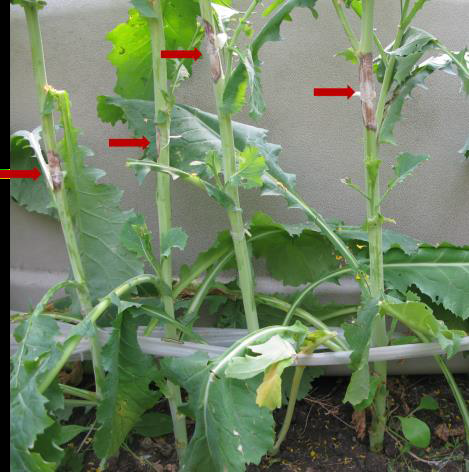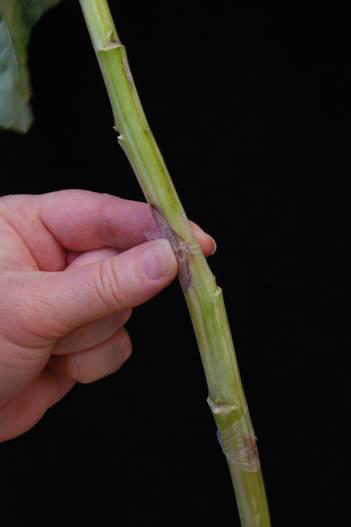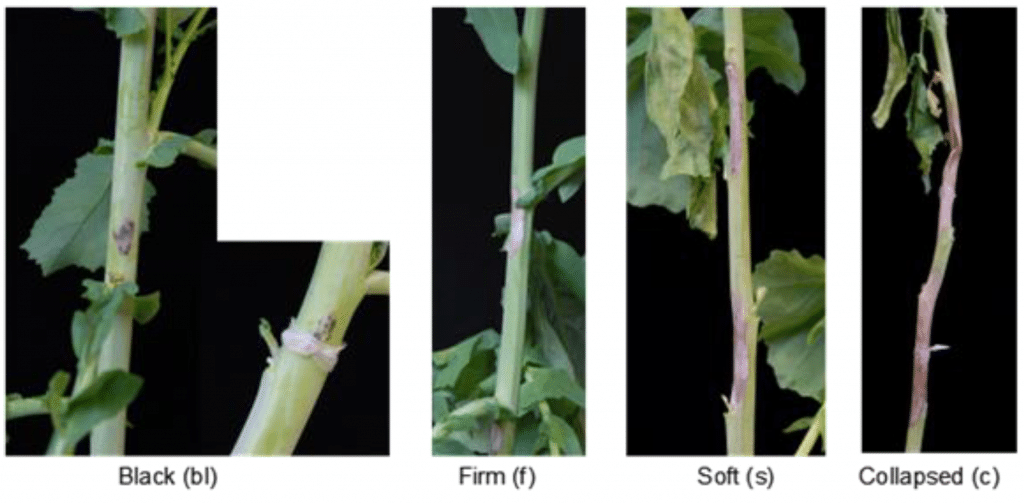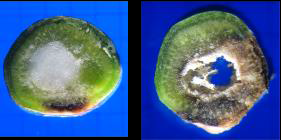Key Result
Developed a standardized test for sclerotinia stem rot resistance of canola entries in the co-operative system under the Western Canada Canola/Rapeseed Recommending Committee.
Project Summary
Background
Resistance to the sclerotinia stem rot disease caused by Sclerotinia sclerotiorum is a quantitative trait conferred by several genes that work synergistically to reduced growth of the pathogen in the stem and prevent penetration into the vascular tissue. In 2011, the Western Canada Canola/Rapeseed Recommending Committee (WCC/RRC) requested that members of the Pathology Sub-committee develop a protocol for testing of co-op lines for sclerotinia resistance acceptable to canola breeders and other organisations in the industry. Members of the Sub-committee include canola breeders, plant pathologists, scientists and extension specialists in provincial, federal and private organizations.
Objective
To develop a standardized test for Sclerotinia resistance of canola entries in the co-operative system under the Western Canada Canola/Rapeseed Recommending Committee, the Pathology Sub-committee, led by Dr. Lone Buchwaldt, evaluated available options. Two screening methods were tested. One was inoculation of small field plots with ascospore suspension, and the other was inoculation of individual plants by attaching plugs of fungal mycelium to the stem.
Outcomes
The results of these tests are provided in the “Evaluation of protocols” document (which can be accessed in the External Resources lower left side bar).
Different criteria for labelling of canola lines partially resistant (PR) to sclerotinia stem rot was discusses by the Pathology Sub-committee. In December 2015, a group of 17 members with voting rights passed the following motion: “The stem inoculation testing protocol is recommended to WCC/RRC to be used to identify lines with significantly better sclerotinia stem resistance compared to the susceptible check 45H29.”
Subsequently, the WCC/RRC Board accepted the sclerotinia stem test protocol and it was added to other disease protocols in December 2015.
To see the approved sclerotinia stem test protocol for canola, see the “Sclerotinia protocol” document (which can be accessed in the External Resources lower left side bar), which features some of the following figures.









